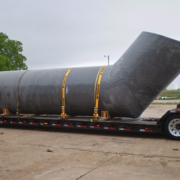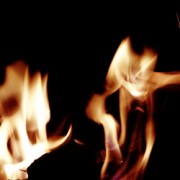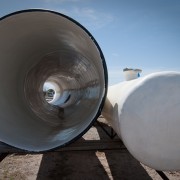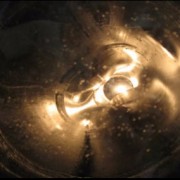FRP Sustainability, Green Construction and LEED
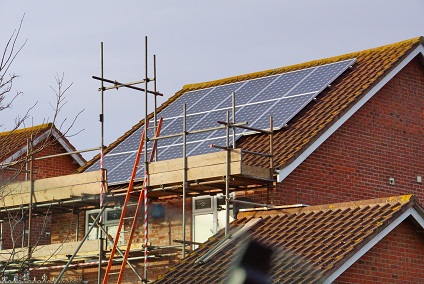 Sustainability is big word these days. It can mean a lot of different things, depending on the context—it can also be overused or misunderstood. In recent years the demand for more green construction or sustainable construction has been driven largely by consumers in the construction sector.
Sustainability is big word these days. It can mean a lot of different things, depending on the context—it can also be overused or misunderstood. In recent years the demand for more green construction or sustainable construction has been driven largely by consumers in the construction sector.
In this context, sustainable construction aims at reducing the environmental impact of a building of its entire lifetime, while optimizing its economic viability. The benefits of green construction are many; lower operating costs, increased asset value, reduced waste sent to landfills, conservation of energy and water, and reduced greenhouse gas emissions, for example.
That’s all fine and well—but have you ever stopped to think how Fiber Reinforced Polymers fit into this equation? Currently, Fiber Reinforced Polymer (FRP) products are a cost-effective material choice in many green construction circumstances. Furthermore, as their international recognition and reputation as an ecologically sustainable product continues to grow, so do the uses and applications. For FRP manufactures this is good news.
The LEED Program (Leadership in Energy and Environmental Design) was developed by the U.S. Green Building Council to provide a framework for implementing practical and measurable green building solutions. The LEED green building rating system is the internationally accepted benchmark for the design, construction and operation of green buildings. Voluntary participation in the program by builders demonstrates initiative to develop high performance sustainable buildings with energy savings, lower carbon footprints, and environmental responsibility.
FRP products are gaining more attention as a LEED recognized, or certifiable environmentally sustainable building material. For example FRP products can now qualify for many credits under the LEED building rating system such as Energy Performance, Regional Materials, and Heat Island Effect—to name a few.
When composites are compared to other traditional materials such as concrete, wood or terra cotta, the total life-cycle assessment of fiberglass contributes to its viability as a green building product. When consideration is taken for the energy consumed in production, installation and environmental sustainability, fiberglass products generate a much smaller impact than other traditional materials and can be used in ways that are less energy or carbon intensive.
Energy Performance
One of the key attributes of composites, which makes it a LEED recognized green material, is its thermal integrity—minimizes heat loss during winter and heat gain during summer.
Key Green Building Considerations
- Light Weight- reduces transportation costs, less need for heavy lifting on-site
- Less Dead Weight-less structural material is required, reduces resource consumption
- Long Lifespan-durability, resists environmental degradation
- Resistance- corrosion, rot, mildew, mold, insects; reduces replacement costs and the use of toxic chemicals used in maintenance
- Maximizes Energy Performance
- Environmentally Responsible Material Choice- LEED recognized
FRP architectural components are highly desirable for their design flexibility, high strength-to weight ratio, cost-effectiveness, flame retardance, and overall durability. Added to the list now is the potential for internationally recognized LEED credits. For example, as a builder you can achieve credits (on path to certification) for using locally or regionally sourced materials, innovative design, and moisture management components (e.g. our fiberglass products are impervious to water, and will not rot or swell) —among much else.
There are many categories, classifications, credentials, prerequisites, and credits to understand for the voluntary LEED Certification and the onus is always on the builder. With single-source design-build capabilities we can help you. We offer a wide variety of custom composite products/components for a wide range of architectural applications and green construction projects. Contact us.
LEED: http://new.usgbc.org/leed

